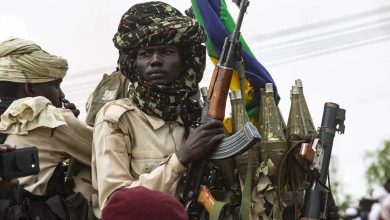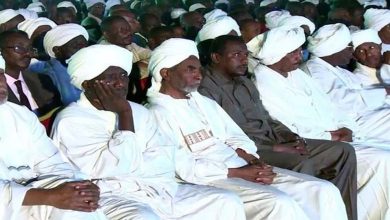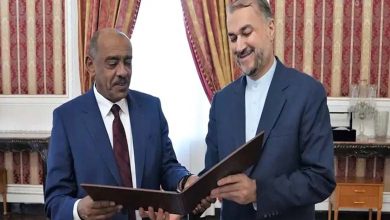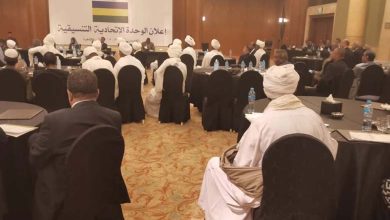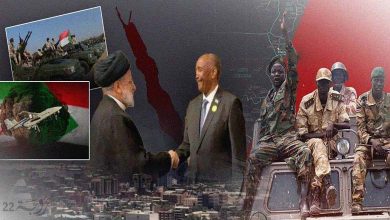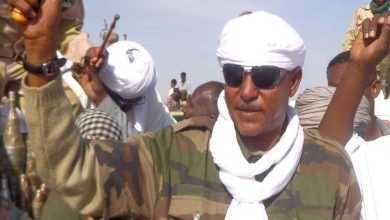Iran calls on its militias abroad to put down demonstrations

The strict restrictions on the Internet did not succeed in reducing the number of demonstrators. Protests continued in most Iranian cities, while security forces opened heavy fire on demonstrators in Tabriz, the capital of East Azerbaijan in northern Iran.
Hundreds were demonstrated in Yazd and Oshnaviyeh in the west of the country, and demonstrators blocked a highway in the capital Tehran. Iranian sources confirmed that the uprising spread to 154 cities, leaving nearly 200 people dead and 10,000 detained during the first ten days, but according to the latest toll announced by the Iranian authorities, 41 people, including demonstrators and security personnel, were killed.
Bombing the Kurds
Local media reports added: Iranian strikes have targeted positions in the region, and the displacement of civilians started from the areas that were bombed by the Revolutionary Guards. This came two days after Iranian militias launched an artillery attack on bases of anti-Tehran militants in northern Iraq. State television reported last Saturday that the Revolutionary Guards targeted the headquarters of what it said were anti-Iranian “terrorists” in northern Iraq, in reference to Kurdish groups based there. Tehran accuses armed Iranian Kurds of being involved in the ongoing unrest in the country, especially in the northwest, where most of the 10 million Iranians live.
Worsening crisis
An official source revealed that Iranian sovereign instructions were issued to armed groups and militias affiliated to Tehran to be prepared to intervene and suppress demonstrations, if the matter develops, for fear of the involvement of the security services in massacres among civilians. The source confirmed that the militias are preparing their men to intervene violently and allow the Iranian police to respond similarly in the event of a worsening crisis of the demonstrations.

It is noteworthy that the protests in Iran erupted on September 16, the day Mahsa Amini died three days after her arrest in Tehran on charges of “wearing inappropriate clothes”, and violating the strict women’s dress code in Iran. The protests spread to several cities across the country, with protesters chanting anti-authority slogans according to local media. This is the largest wave since the November 2019 protests, which were triggered by high gasoline prices in the midst of the economic crisis, and included around 100 Iranian cities that were severely repressed, with 230 deaths according to the official toll and more than 300 according to Amnesty International.




